
Apple extract kills colon cancer cells better than chemotherapy drug
Recent scientific investigations have revealed that natural compounds known as oligosaccharides, extracted from apples, can destroy up to 46 percent of human colon cancer cells in vitro. Even more impressively, these naturally derived molecules outperformed one of the most commonly used chemotherapy drugs across every dosage level tested — and did so without the severe toxicity typically associated with chemotherapy. (Updated May 19, 2022)
Unlike conventional chemo agents, which often harm healthy cells and weaken the immune system, apple oligosaccharides are non-toxic, naturally occurring compounds found abundantly in fruits and vegetables. This discovery adds to the growing body of research suggesting that everyday foods may hold the key to powerful, side-effect-free therapies for cancer prevention and treatment.
A Natural Approach to One of the Deadliest Cancers
Colon cancer remains one of the leading causes of cancer-related deaths worldwide — ranking second among women and third among men. Despite decades of medical advancement, the standard chemotherapy drugs for colon cancer have demonstrated limited long-term success and carry serious side effects, including coronary spasms, neurotoxicity, anemia, and immunosuppression.
In light of these challenges, researchers have been turning to plant-based bioactive compounds as safer and more sustainable alternatives. Apples, in particular, have drawn attention not only because they are one of the most widely consumed fruits worldwide, but also because previous studies have linked them to protective effects against several cancers — including breast, ovarian, lung, liver, and colon cancer.
Turning Waste into a Life-Saving Resource
In this study, university scientists in Xi’an, China, extracted polysaccharides such as pectin from apple pomace — the fibrous byproduct left over after juice processing. They then treated these polysaccharides with a natural enzyme called pectinase, breaking them down into smaller oligosaccharides, each containing three to ten sugar units per molecule.
These oligosaccharides were subsequently tested on cultured human HT29 colon cancer cells and compared against the most frequently prescribed chemotherapy drug for this disease. The results were striking:
-
At just 0.9 micrograms per milliliter (PPM), the oligosaccharides destroyed 17.6% of colon cancer cells after 36 hours, while the chemo drug killed only 10.9%, even at a higher dose of 1.3 micrograms per milliliter.
-
At 9.0 PPM, the oligosaccharides eliminated 46% of the cancer cells, while remaining harmless to healthy cells.
This selectivity is crucial. Because oligosaccharides are non-toxic, they can be used at higher, more effective concentrations than chemotherapy drugs, opening a potential path toward treatments that are both safer and more efficient.
Oligosaccharides: Functional Food with Far-Reaching Health Benefits
Beyond their anti-cancer potential, oligosaccharides are increasingly recognized as functional food components that promote overall health. They are already used to enrich various products, often listed as fructo-oligosaccharides (FOS) on ingredient labels.
Scientific research has shown that these compounds can:
-
Support healthy gut microbiota, acting as prebiotics that feed beneficial bacteria.
-
Regulate blood sugar levels, contributing to metabolic balance.
-
Strengthen immune function, enhancing the body’s resistance to disease.
Oligosaccharides naturally occur in a wide range of plants, fruits, vegetables, algae, and even in honey and milk. They can also form when enzymes such as pectinase break down complex carbohydrates like pectin — a process that may happen naturally during digestion of raw fruits such as apples, which typically contain about 1.5% pectin and naturally occurring pectinase enzymes.
However, it’s important to note that commercially processed apple juice contains little to no pectin or active enzymes, and only about 10% of the beneficial polyphenols found in raw apples. This reinforces the long-standing advice: eating fresh, whole fruit is far superior to consuming its processed alternatives.
From Everyday Fruit to Future Medicine
This new study adds compelling evidence that apples — long celebrated for their nutritional value — may also offer powerful cancer-fighting properties through their naturally derived oligosaccharides. Even at low concentrations, these compounds show remarkable cytotoxic activity against colon cancer cells, while remaining completely safe for healthy tissue.
Perhaps most exciting is the sustainability aspect of this discovery. Every year, the apple juice industry produces an estimated four million tons of apple pomace as waste. Transforming this byproduct into a low-cost, natural therapeutic agent not only reduces waste but also paves the way for affordable, accessible cancer treatments based on one of nature’s most familiar fruits.
In short, the humble apple may hold extraordinary promise — not only as a symbol of good health, but as a potential weapon in the fight against one of the world’s deadliest cancers.
News in the same category


Powerful Health Benefits of Pineapple You Should Know
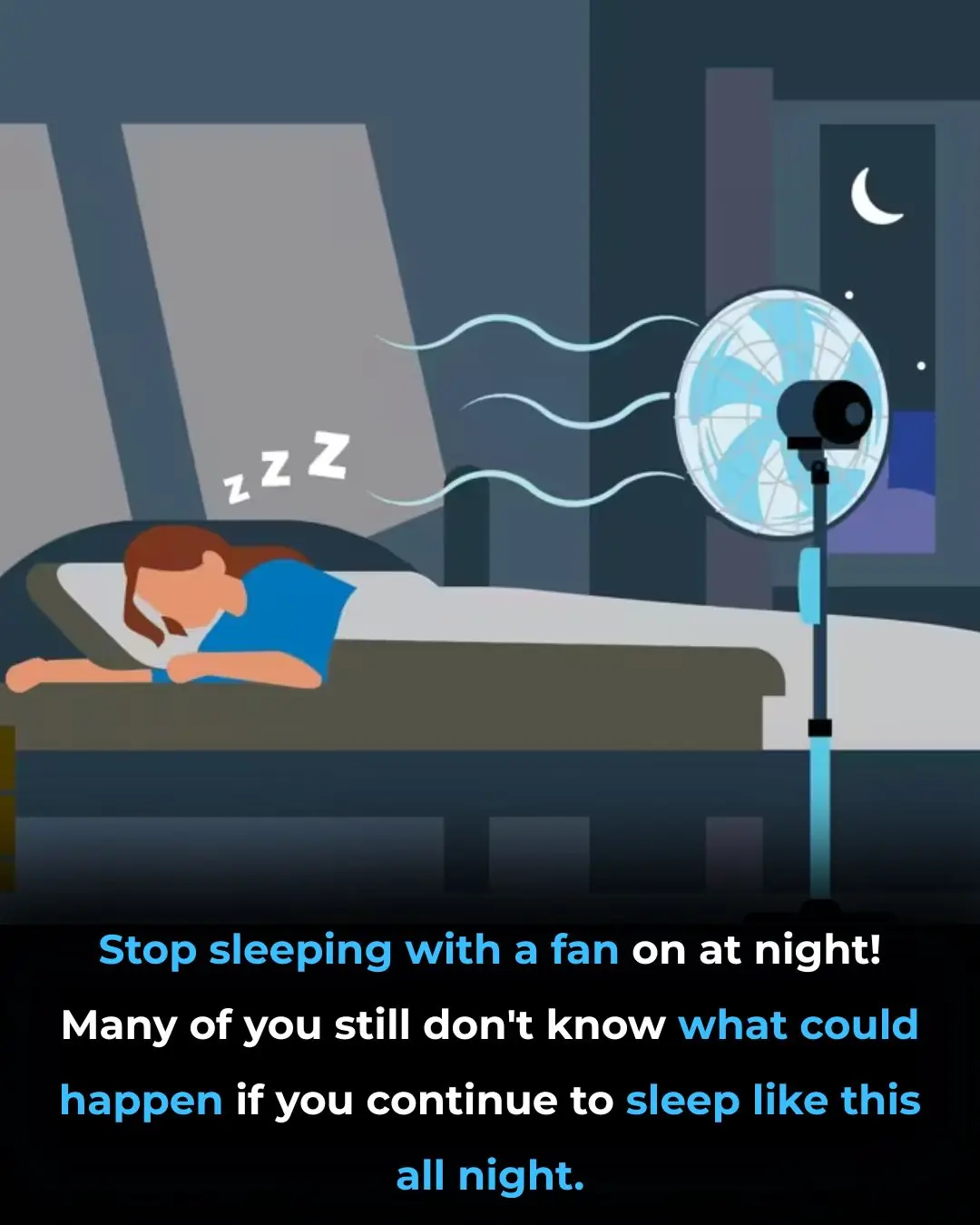
The Surprising Health Benefits of Sleeping in a Cold Room

High Blood Sugar Warning Signs

🥚 A Look at How Certain Boiled Egg Habits May Affect Your Heart Health

🌿 Clove Water Sitz Baths for Women: A Gentle Guide to Hygiene and Comfort
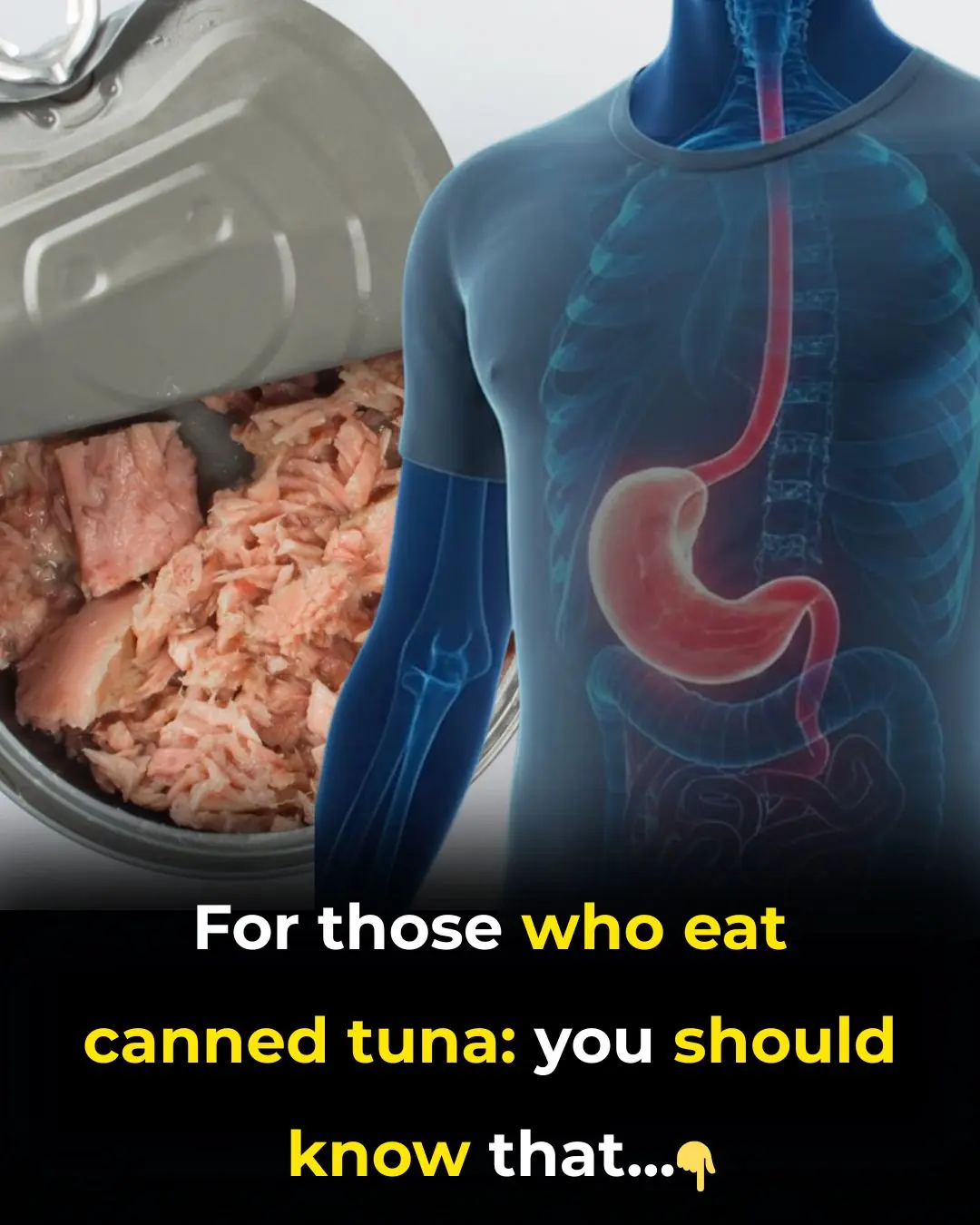
What Happens to Your Body When You Eat Canned Tuna Every Day

17 Warning Signs Your Liver Is Crying for Help

How to Support Your Kidneys Naturally Using 1 Teaspoon of Baking Soda
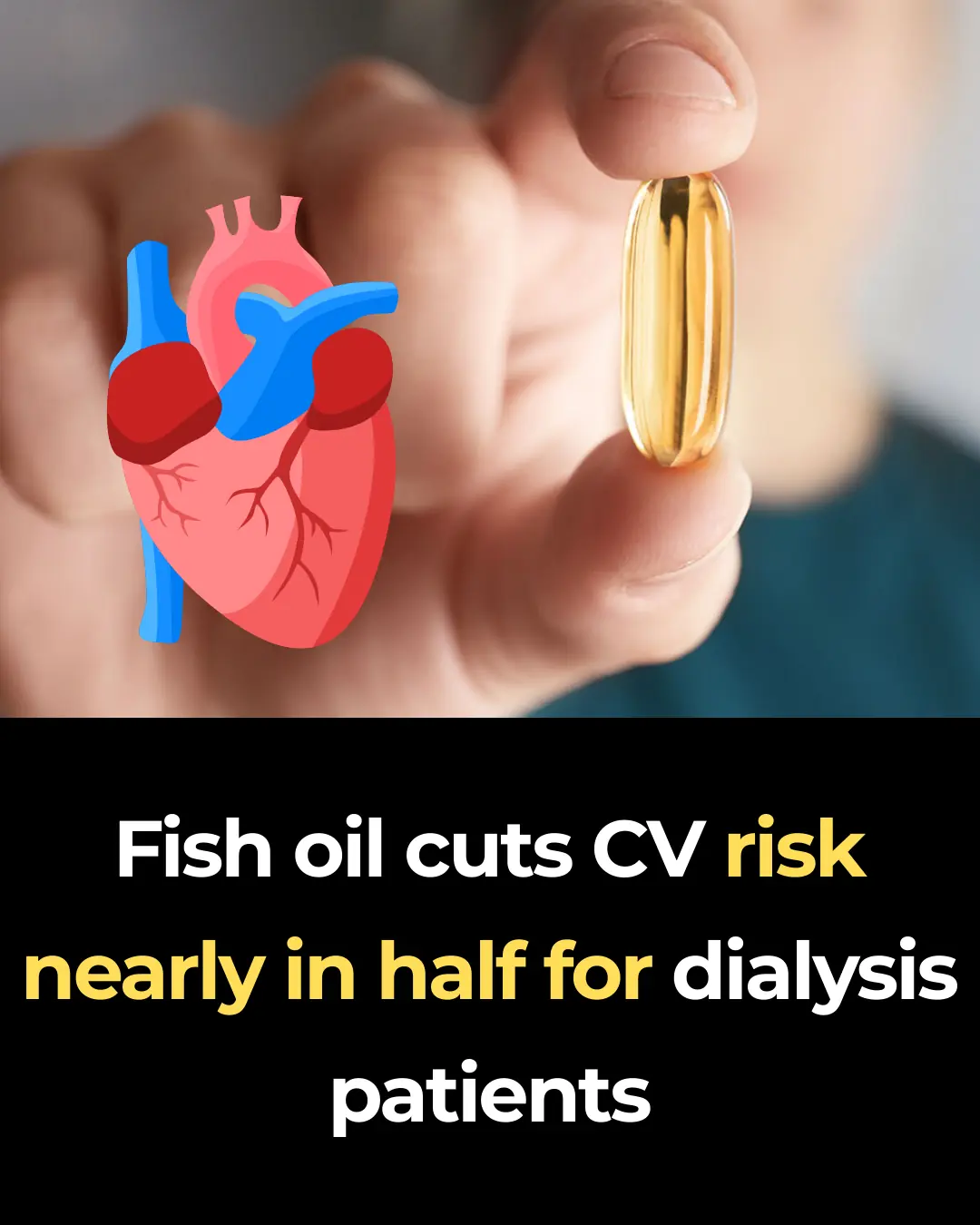
Fish oil cuts CV risk nearly in half for dialysis patients

The hidden heart danger doctors say is more common in people with diabetes
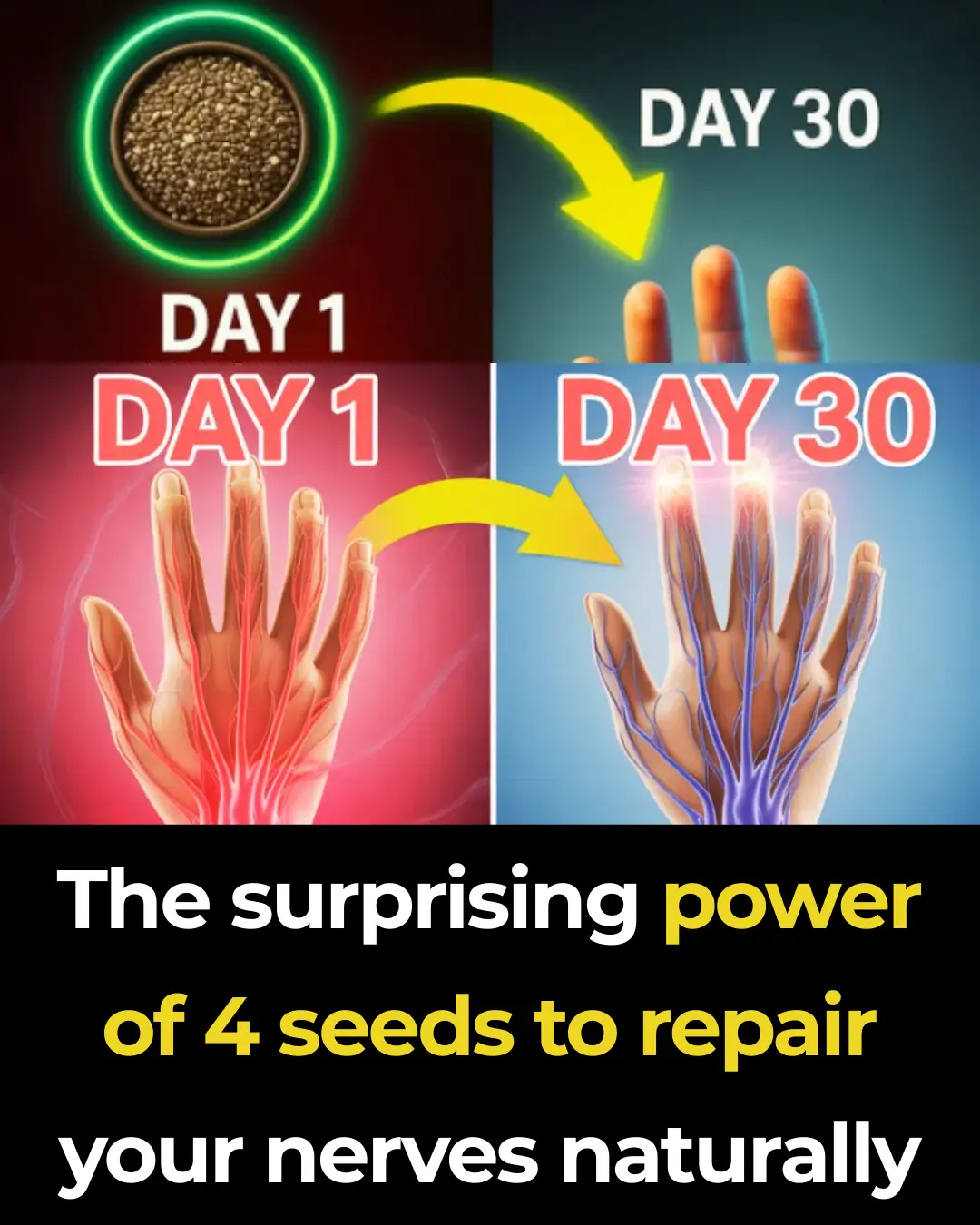
The surprising power of 4 seeds to repair your nerves naturally

Trial: mRNA Flu Vaccines More Effective Than Quad
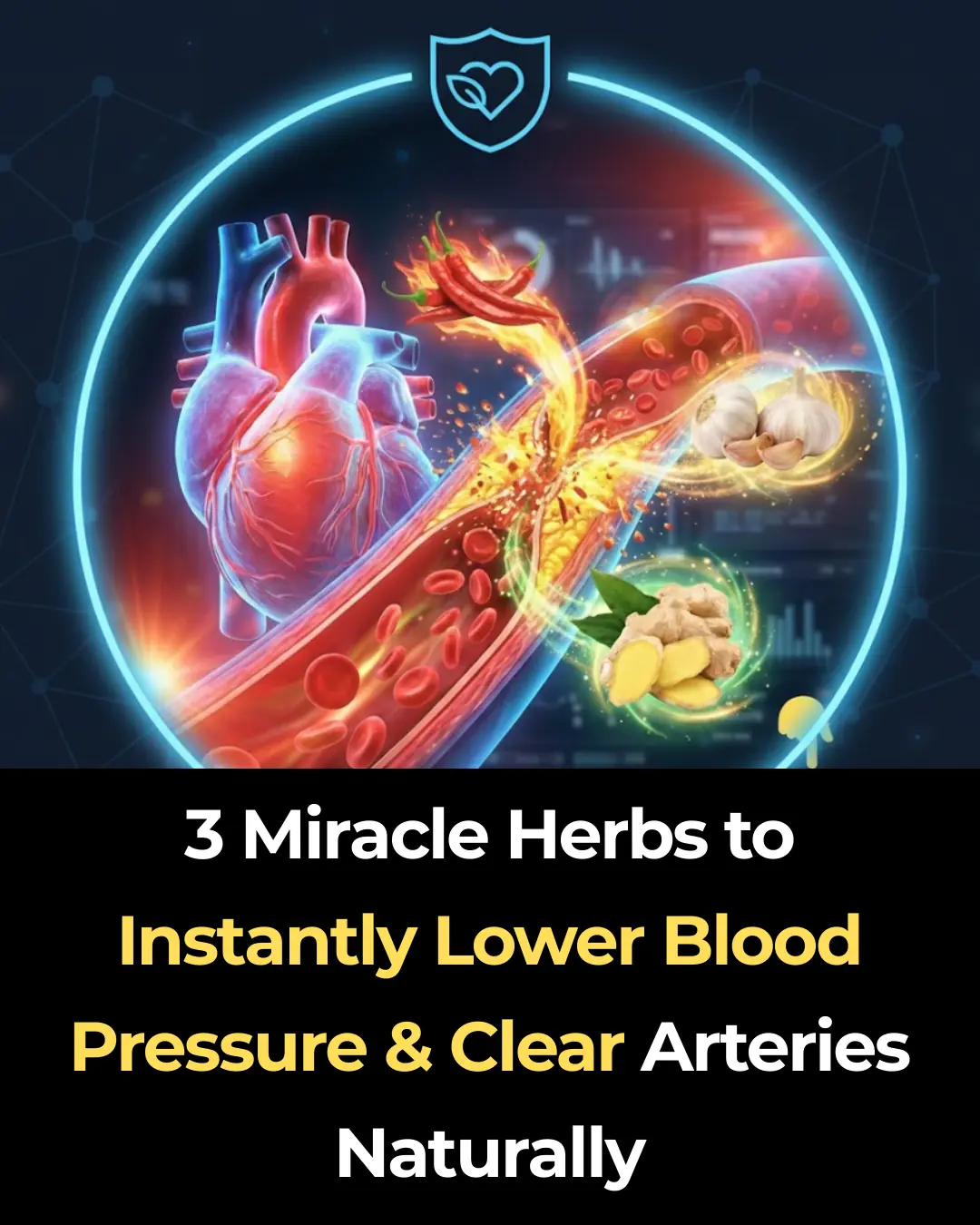
3 Miracle Herbs to Instantly Lower Blood Pressure & Clear Arteries Naturally
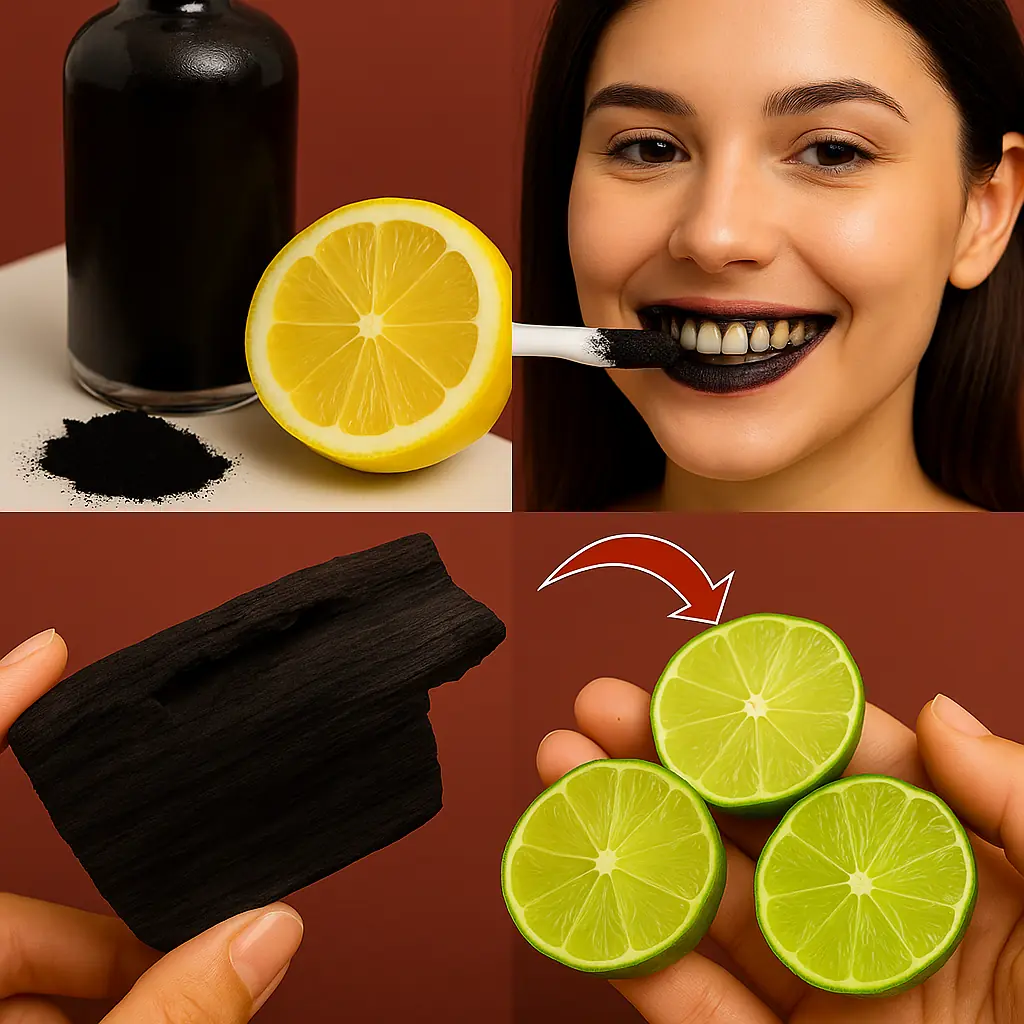
The Surprising Uses of Lemon and Charcoal: A Natural Mix That May Change Your Daily Routine

The Green Bell Pepper Hair Growth Secret You NEED to Know

Eating eggs every day can help you live longer
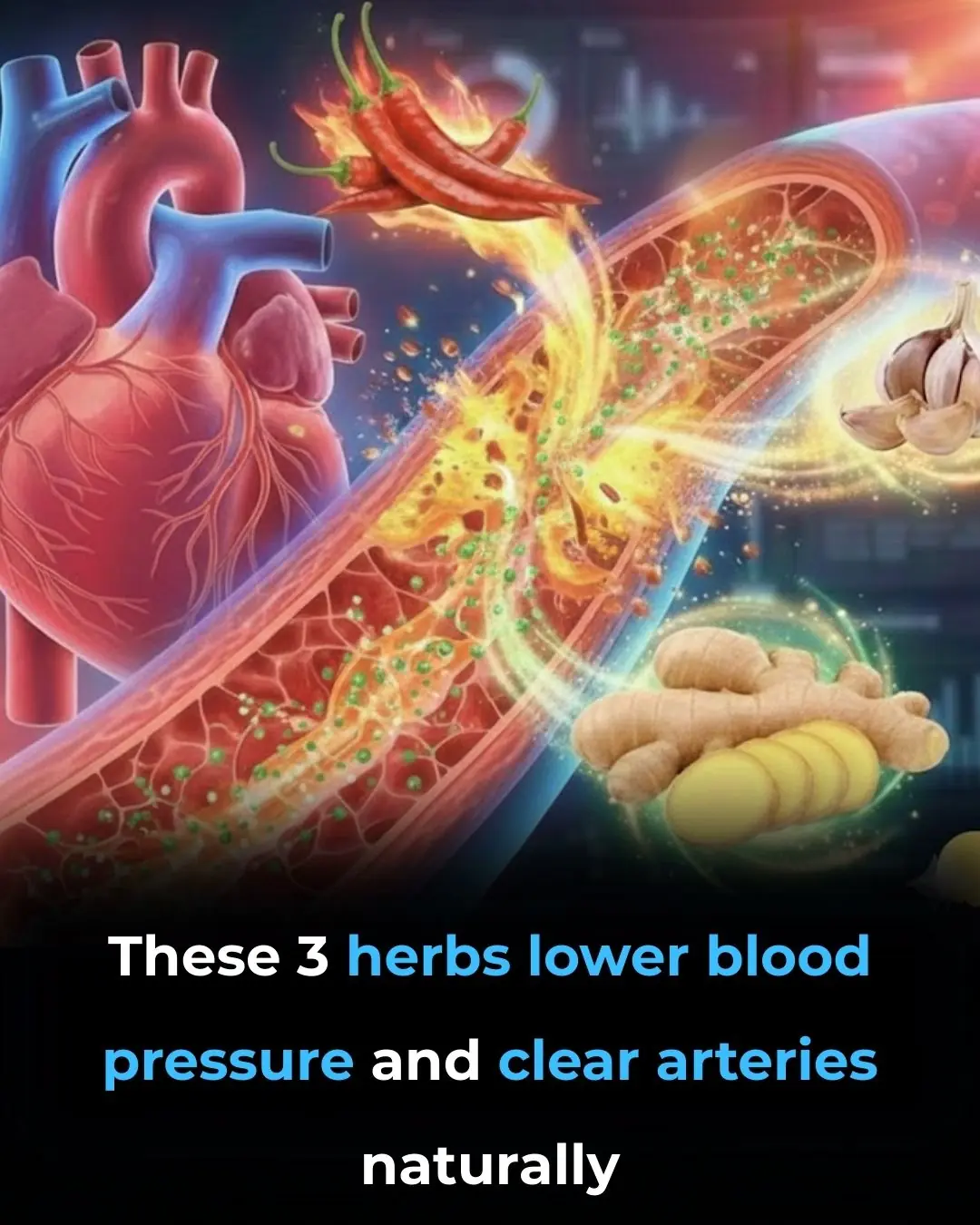
3 Miracle Herbs to Instantly Lower Blood Pressure & Clear Arteries Naturally
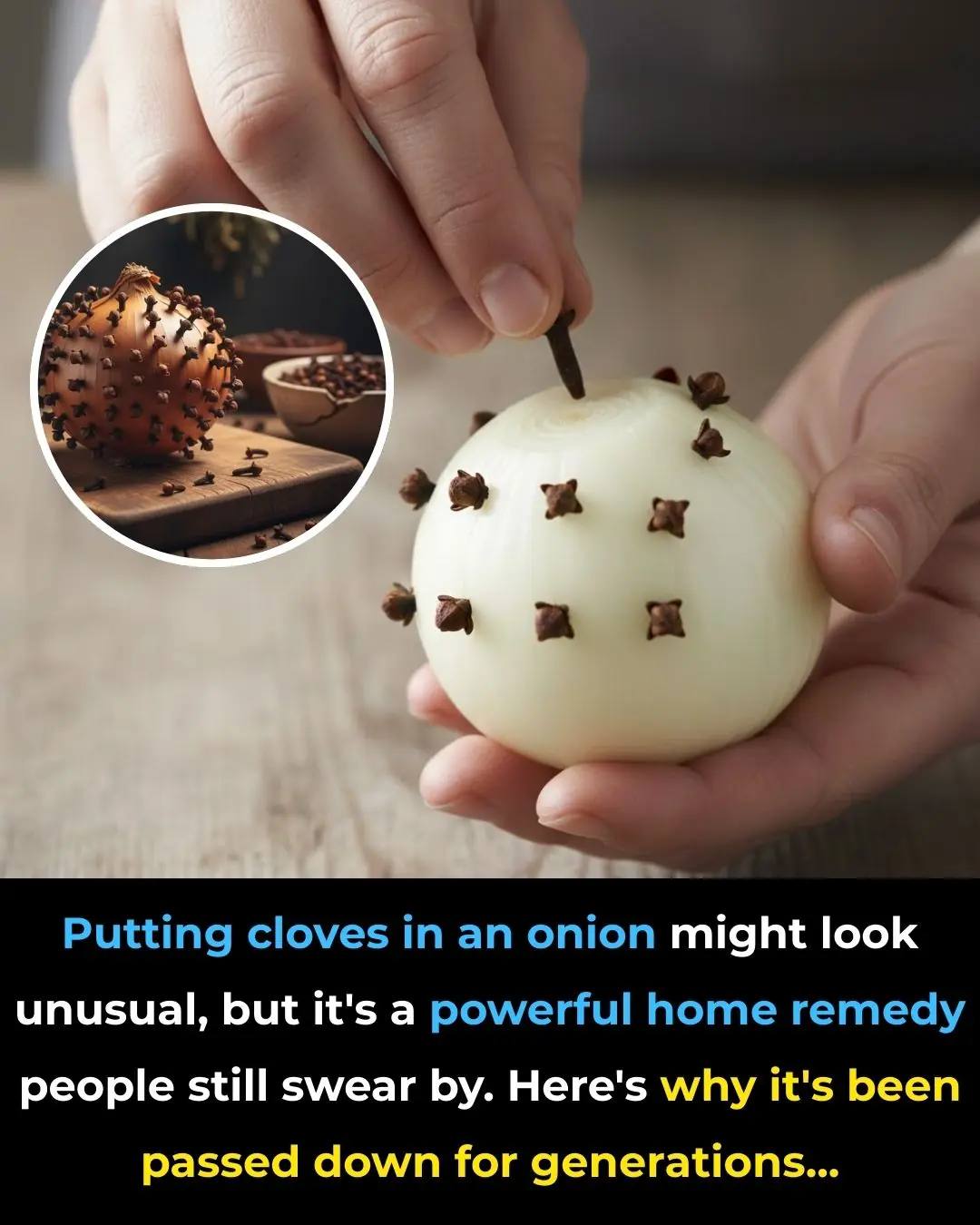
What is its effect. do you know?

Stop Ignoring These 8 Subtle Signs of Heart Trouble Before It’s Too Late
News Post

High-Dose Nifedipine Linked to Increased Risk of Sudden Cardiac Arrest, New Study Suggests

How the U.S. Escaped Hurricane Landfalls in 2025

Ancient Shark Fossils Unearthed in Mammoth Cave Rewrite 325 Million Years of Evolutionary History

Powerful Health Benefits of Pineapple You Should Know
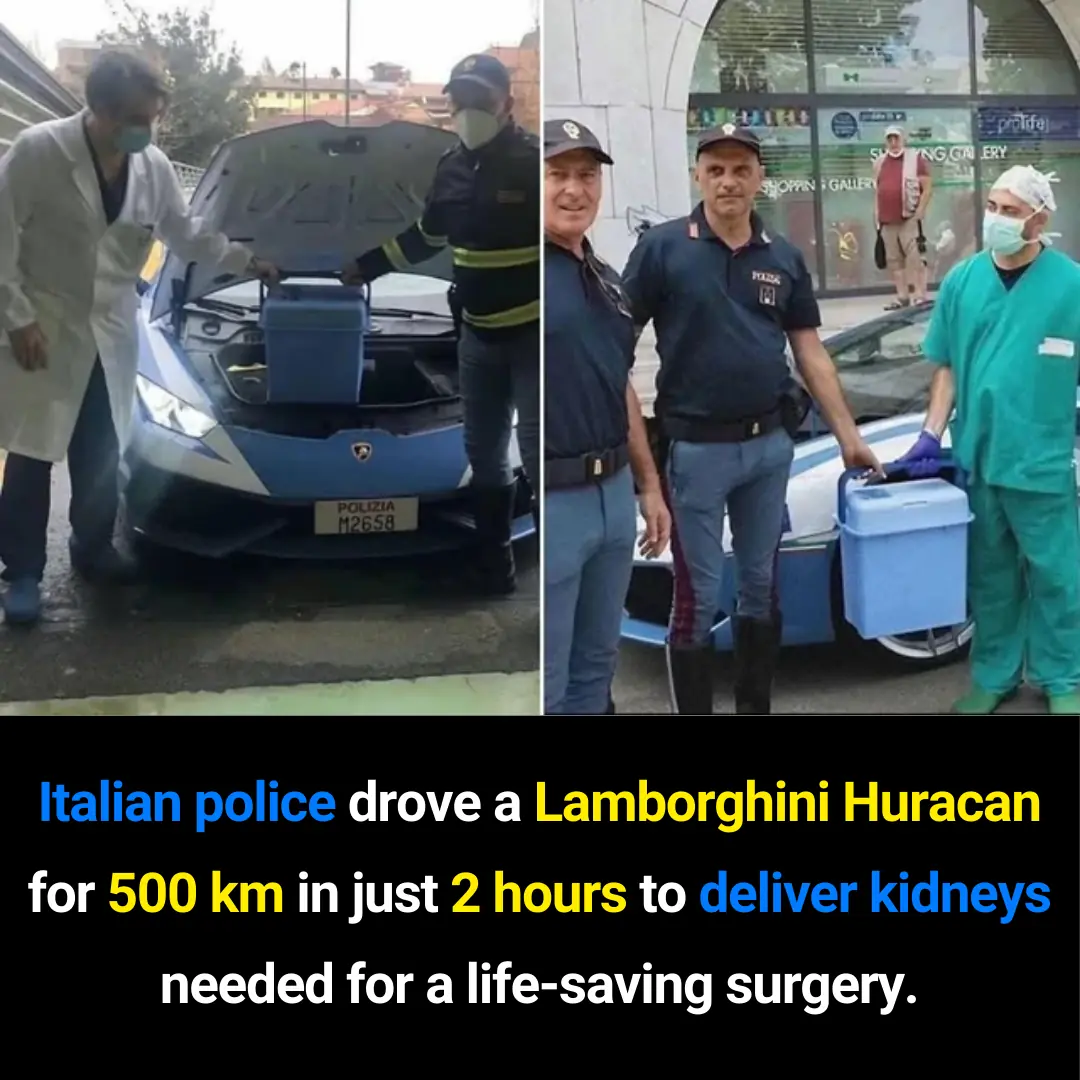
How an Italian Police Lamborghini Huracán Helped Save Lives by Delivering Kidneys Across Italy

Can Spinal Screws Push Through the Skin? Understanding a Rare but Serious Post-Surgery Complication

Why the Tongue Is One of the Most Important Organs in the Human Body

What You Do First in This Scenario

The Surprising Health Benefits of Sleeping in a Cold Room

A 4-Minute, Zero-Effort Hack to Clean Grill Gunk – The Simple Trick My Nana Taught Me

High Blood Sugar Warning Signs

🥚 A Look at How Certain Boiled Egg Habits May Affect Your Heart Health

Small Steps, Big Impact: How 4,000 Steps a Day Can Transform Your Health

🌿 Clove Water Sitz Baths for Women: A Gentle Guide to Hygiene and Comfort

What Happens to Your Body When You Eat Canned Tuna Every Day

17 Warning Signs Your Liver Is Crying for Help

How to Support Your Kidneys Naturally Using 1 Teaspoon of Baking Soda

Fish oil cuts CV risk nearly in half for dialysis patients

The hidden heart danger doctors say is more common in people with diabetes
